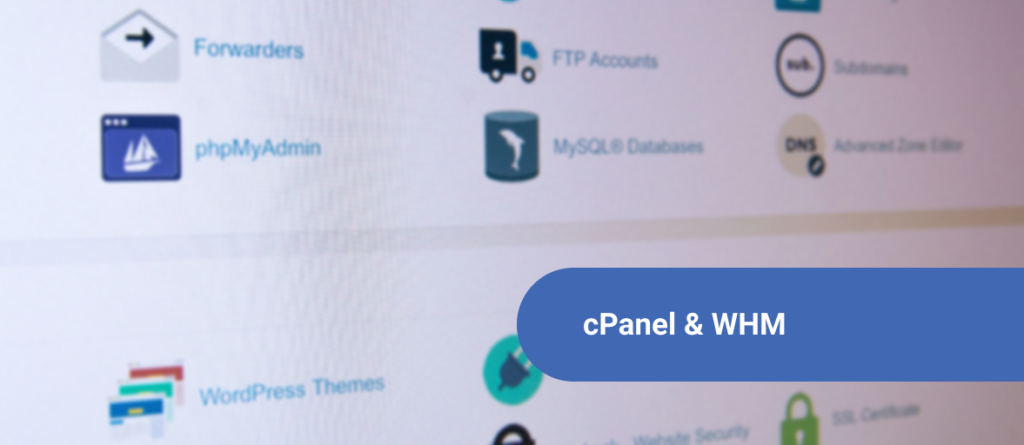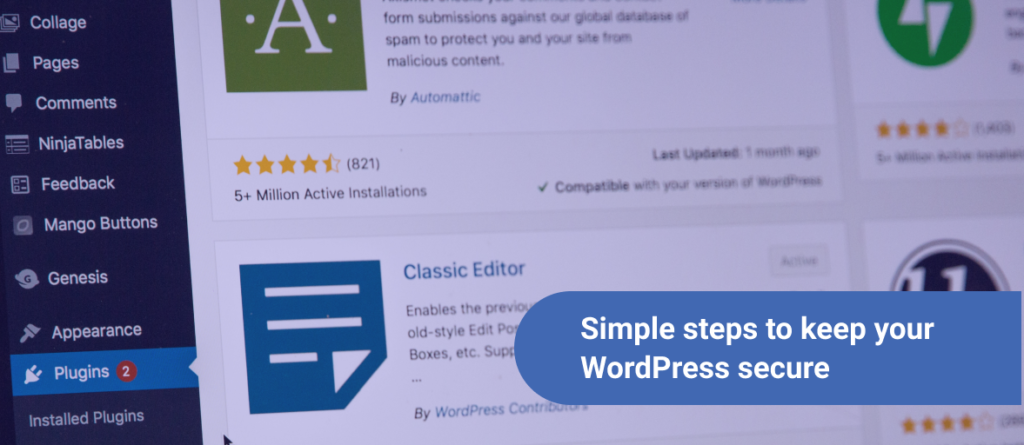Cloud computing is seemingly everywhere, but in ways you may not even be aware of. In fact, you probably use cloud computing services on a regular basis without even knowing it. It seems that nowadays, every software company or website is offering “cloud services” of some sort, but what does that really mean? Here are some basic ways and common cloud computing use cases that you either already use, or could incorporate to make everyday operations a bit more seamless and simple.
Email: This is probably the most widely adopted service when it comes to common cloud computing use cases. SaaS providers such as Gmail and Office 365 have been providing services in the cloud since their inception, allowing for flexibility and access to email from anywhere and any device. Since these two providers are some of the most highly-used email services out there, consumers and businesses have made this an already-established way to incorporate cloud resources into our daily lives.
File Storage: Big data, file storage, and cloud computing go hand-in-hand. Cloud services like WeTransfer, Google Drive, and Dropbox are file storage systems that are scalable, on-demand, and only accessible via internet. These file storage systems can be everywhere from consumer-grade for smaller files to corporation-grade for the biggest companies that need centralization of their data and files.
Web Hosting: Any time a website is created, its user interface and backend data are rarely stored in physical files. Some web hosting services like Wix or SquareSpace have adopted the “gmail” model, utilizing cloud infrastructure to offer a web app that allows for the creation and management of custom websites. Not to mention, they’ll host it too (that’s kind of the whole point). By utilizing cloud computing, websites can scale out as necessary and remain live thanks to web hosting in the cloud.
Advertising: At this point in time, almost all digital advertising encompasses the cloud in some way. Think about it: all of the ads run on Facebook and Twitter for companies or even personal social media presence; all of the campaigns for Google Adwords. This data has to be stored somewhere. As digital advertising is becoming just ‘advertising’, data and strategies are saved in centrally-located (read: located in the cloud) servers where multiple teams can access all of the information they need.







